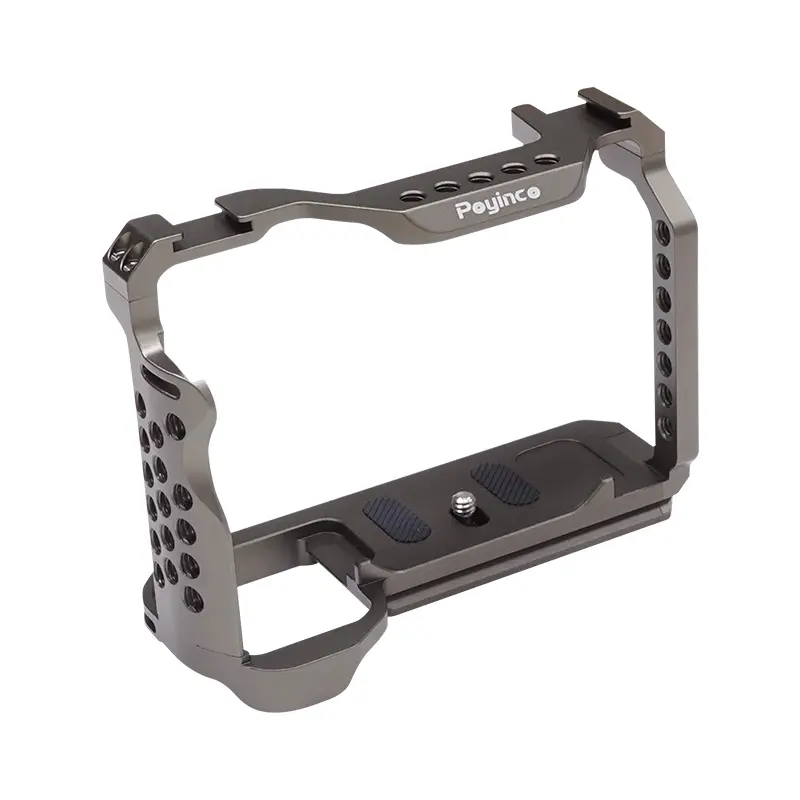

Time:2025-03-05 Views:1

The ability of quick - release plates to resist overload is essential for ensuring the safety and reliability of mechanical systems.
Material and Structural Design for Overload Resistance
Materials with high strength and good ductility are often chosen for quick - release plates to enhance their overload resistance. For instance, ductile materials can deform plastically under overload conditions without sudden fracture. This gives the system some leeway to respond to unexpected high loads. High - strength alloy steels with a proper balance of strength and ductility are commonly used. In terms of structural design, redundant load - bearing paths can be incorporated into the plate. For example, some quick - release plates may have multiple layers or additional support structures that can take over the load - bearing function in case the primary structure is overloaded. The use of stress - distributing elements, such as flanges or widened areas, can also help to spread the overload more evenly across the plate, reducing the risk of local failure.
Safety Margins and Overload Protection
Manufacturers typically design quick - release plates with safety margins to account for potential overloads. These safety margins are determined based on the expected operating conditions and the worst - case scenarios. For example, if a quick - release plate is used in a lifting system, the design may assume a certain percentage of overload, say 20% above the normal working load. The plate is then engineered to withstand this overloaded condition without catastrophic failure. In addition, some systems are equipped with overload protection devices that work in tandem with the quick - release plate. These devices can detect when the load exceeds a pre - set limit and take actions such as disengaging the load or activating emergency brakes. This helps to prevent the quick - release plate from being subjected to excessive and potentially damaging overloads.
Testing and Evaluation of Overload Resistance
To verify the overload resistance of quick - release plates, extensive testing is carried out. Overload tests involve applying loads that are significantly higher than the normal operating loads. The plate is monitored during these tests for any signs of deformation, cracking, or failure. Advanced testing techniques, such as strain - gauge measurements and non - destructive testing methods like X - ray or ultrasonic inspection, are used to assess the internal and external conditions of the plate under overload. After the overload tests, the plate may be further evaluated to determine if it can still function properly under normal loads. This evaluation helps to understand the long - term effects of overload on the plate's performance and reliability.
Consequences of Overload Failure
If a quick - release plate fails under overload, it can have serious consequences. In mechanical systems, such as those in industrial machinery or transportation equipment, the failure of a quick - release plate can lead to system breakdowns, damage to other components, and even pose a safety risk to operators. For example, in a vehicle's towing system, if the quick - release plate fails under an overloaded towing condition, it can cause the trailer to break free, resulting in a dangerous situation on the road. Therefore, ensuring the overload resistance of quick - release plates is not only important for the proper functioning of the systems but also for the safety of people and property.
Read recommendations:
video camera quick release plate Procurement
tripod head quick release plate
motorcycle camera mount kit suppliers